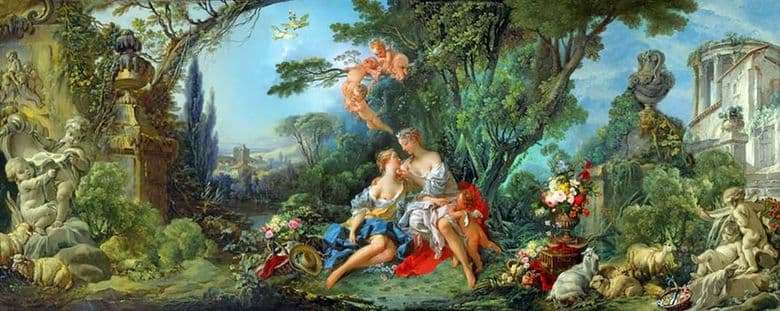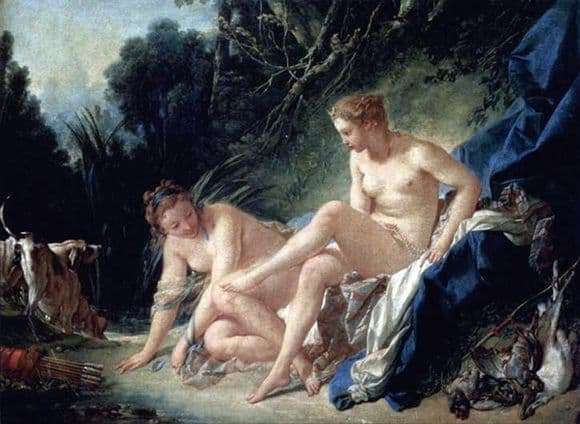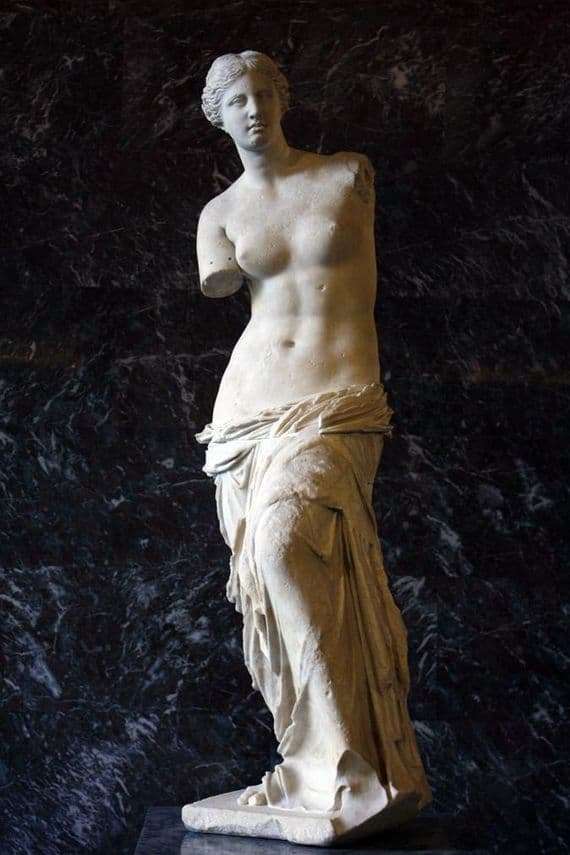
“The Triumph of Venus” – undoubtedly an ode to life. It is the pleasure of its fullness, exciting sensuality, versatility and supportive attitude. A true connoisseur of feminine beauty, Francois Boucher, like no one else, could capture the intoxicating scenes with beautiful Venus in the center.
Born out of sea foam, she rests on the waves, surrounded by young beauties, tanned youths and flittering cupids. Everything in this story breathes life and youth. Dazzling azure skies, the gentle light of the sun, the relentless sea element, the fabulous fish and the innocent pleasures of virgins – looking at this magnificence, the French expression la vie est belle comes to mind – life is beautiful.
Despite the abundance of naked bodies, the picture is not perceived as depraved and depraved. The immediacy of youth softens eroticism, focusing more on ease of being, abundance and idleness.
The composition of the work is quite complex, devoid of strict geometry. Smooth lines prevail, a combination of seductive curves and shapes. The artist subtly felt the space of the canvas, knew how to use the angle to fit all conceived and not to overload the picture. The abundance of heroes, scenery and curious elements in an amazing way create harmony.
The work eliminates the narrative element, it entirely belongs to the admiration of life, its physical manifestations, pleasures and luxury. This is a characteristic feature of the popular rococo style at the time. The elegance of the lines, the pure colors, the glorified beauty of the human body made Bush’s paintings extremely popular from both society and the royal nobility.
A large number of actors, original poses and bizarre details attract attention, invite you to peer more closely, again and again to find interesting elements of the composition. The masterpiece by one of the most popular French painters is kept in the National Museum of Stockholm and is a valuable element of the modern cultural heritage.
Description of the painting by Francois Boucher “The Triumph of Venus”







